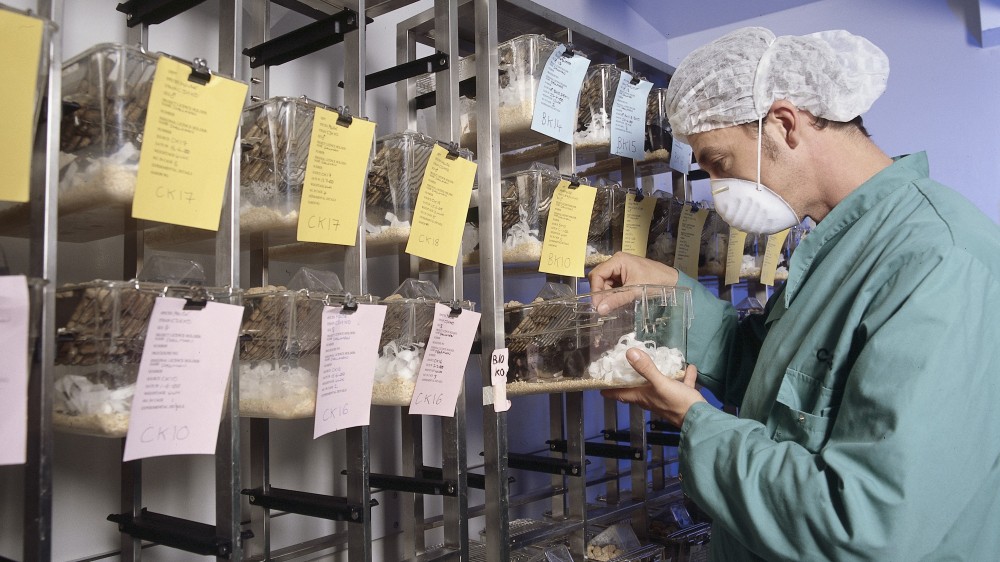Practical welfare refinements to support positive change in day-to-day practice.

Practical welfare refinements to support positive change in day-to-day practice.

Cross-sector speakers explore how refined, study-specific humane endpoints and early intervention strategies can be implemented in research scenarios.
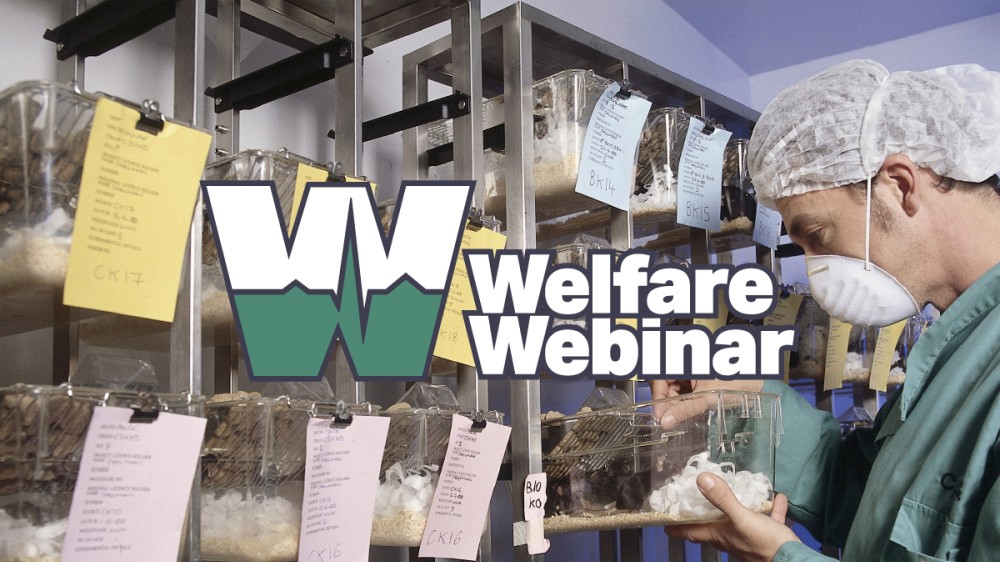
A joint webinar from the NC3Rs/RSPCA Animals in Science department on refining the use of amphibians in research.

Webinar recording featuring resources to support techs who want to carry out evaluations of enrichment and practical guidance.

Is it necessary and how could it affect your data and animal welfare? A workshop recording featuring academic and industry experts.

Posters and other resources on the use of grimace scales to assess pain in laboratory animals.

Details of the Rabbit Grimace Scale, including a poster for display in laboratory rooms and corridors.
Details of the Rat Grimace Scale, including a poster for display in laboratory rooms and corridors.
Details of the Mouse Grimace Scale, including a poster for display in laboratory rooms and corridors.
A video resource for introductory training on the 3Rs aimed at in vivo researchers and animal technicians.
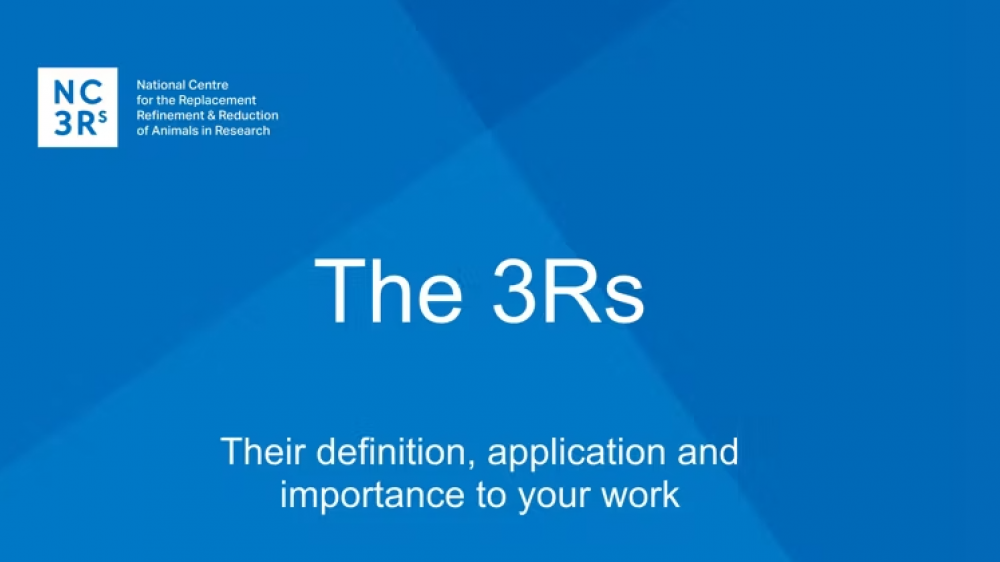
10 years of CRACK IT webinar: The Home Cage Analyser, which provides continuous monitoring of group-housed rodents.
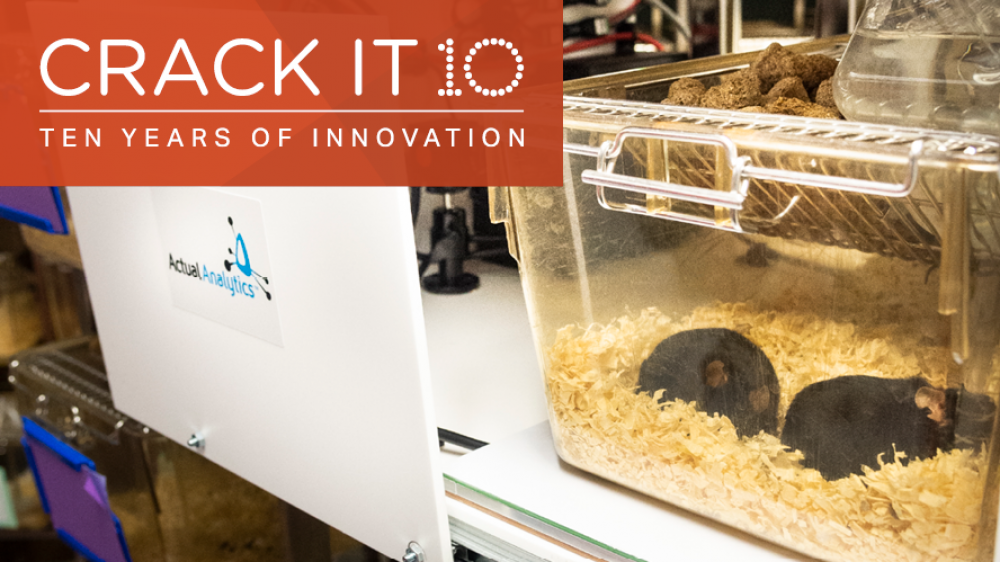
Guidelines for establishing, implementing and refining humane endpoints.
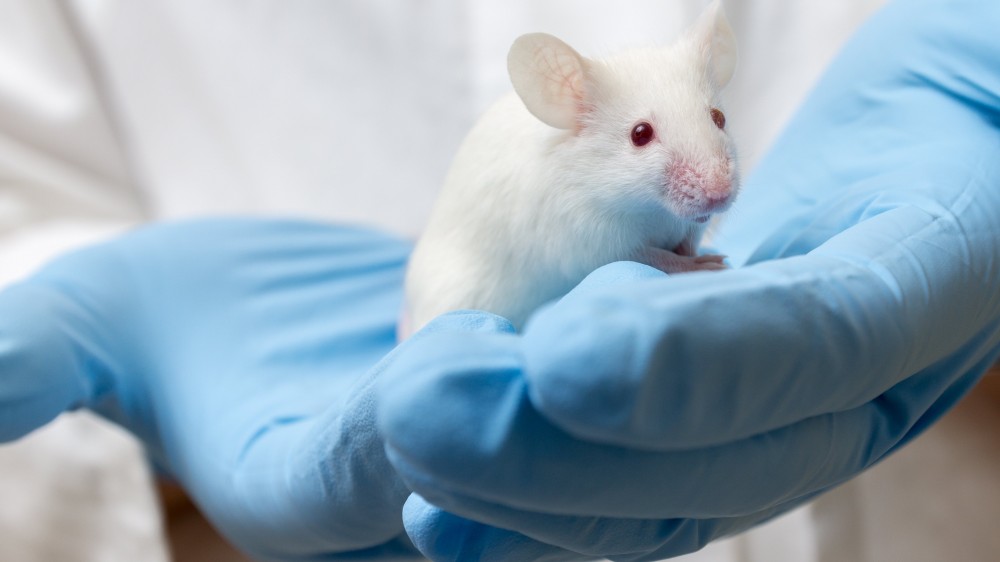
A dedicated website with resources for everyone who works with, or is interested in, laboratory macaques.

How to recognise and prevent pain, suffering and distress in laboratory animals.
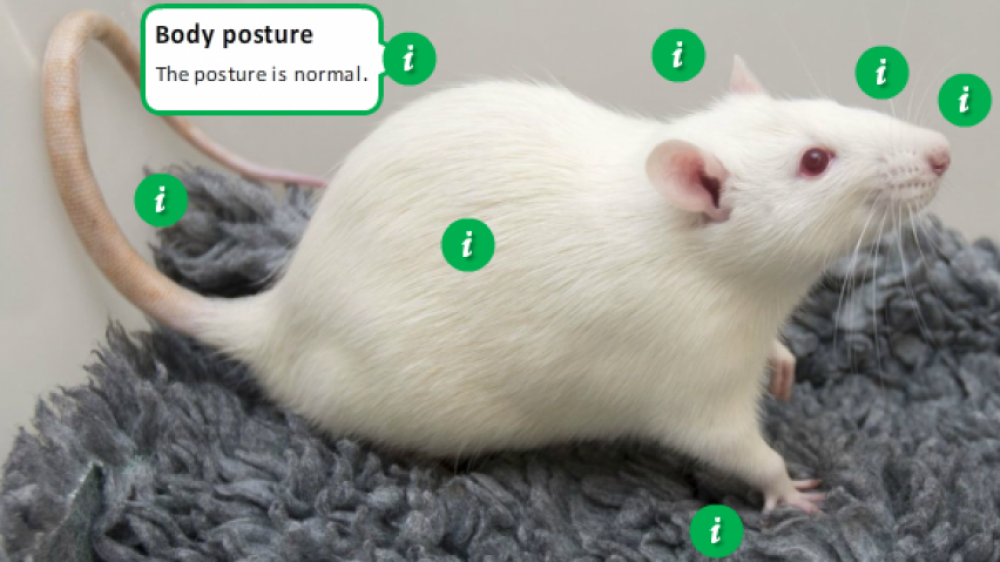
Post-operative pain relief for laboratory animals, including selecting and using analgesics.
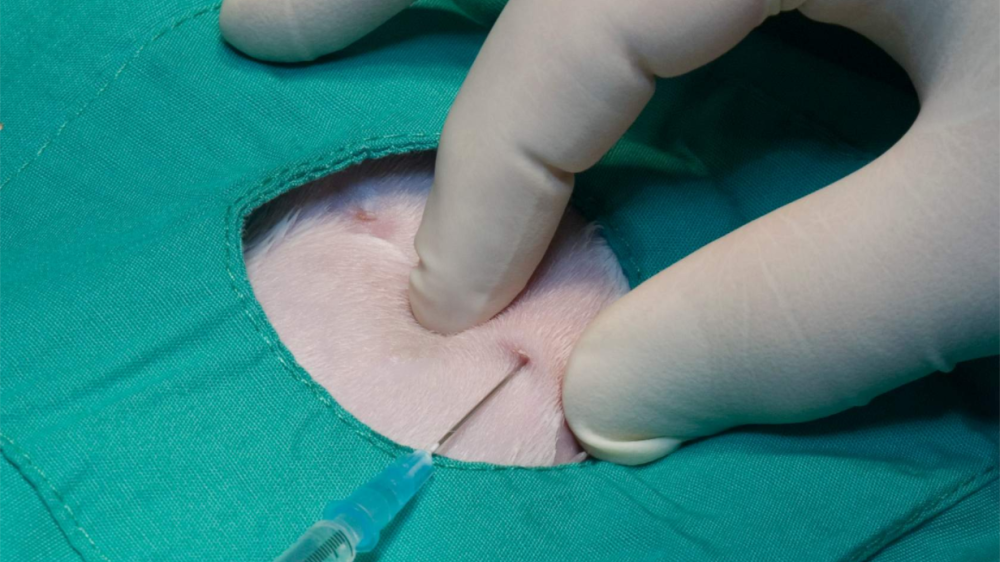
Recognising pain and assessing its severity in laboratory animals following surgery.
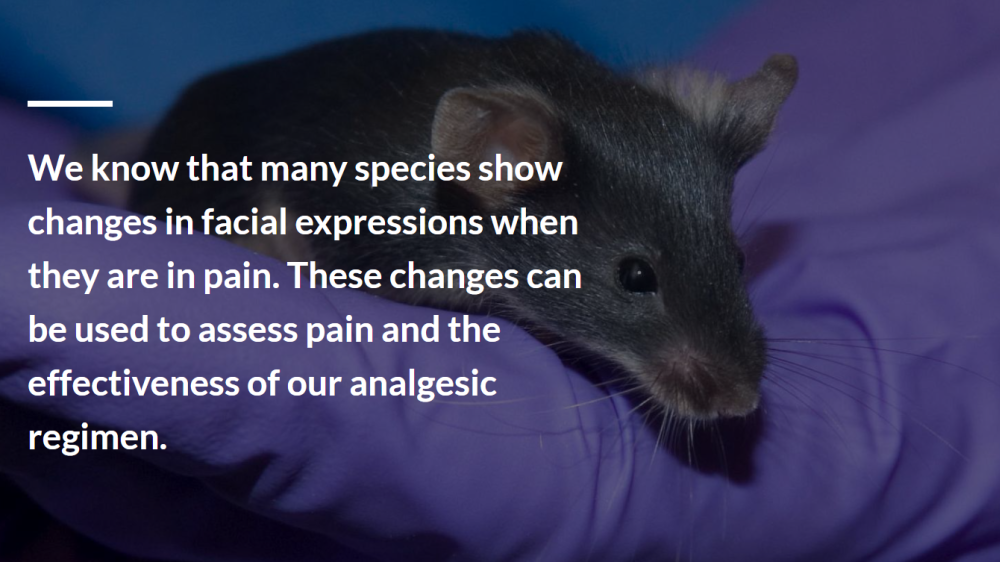
General principles for welfare assessments.
